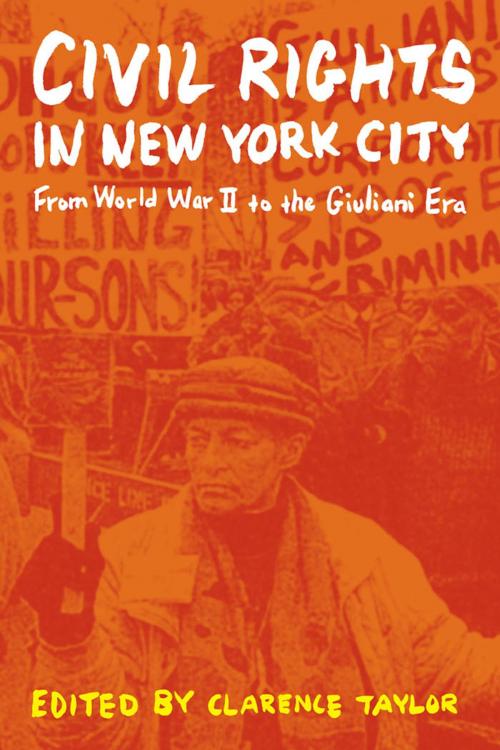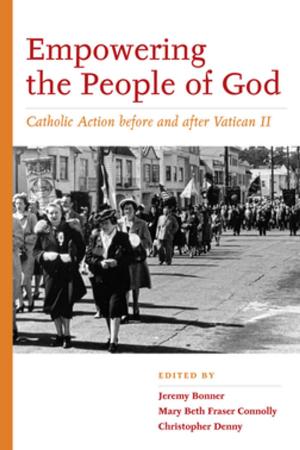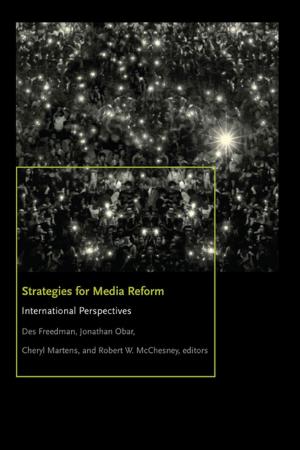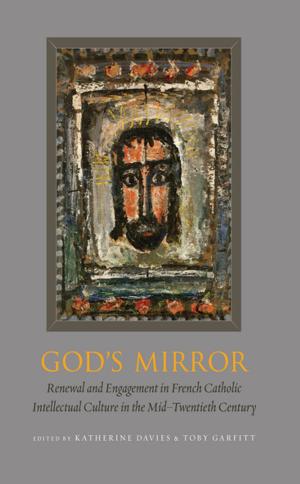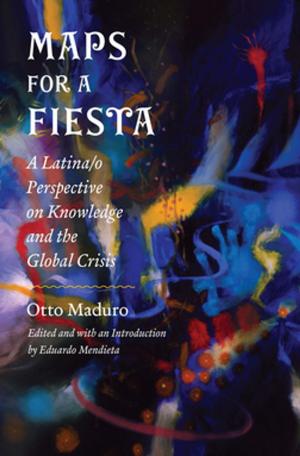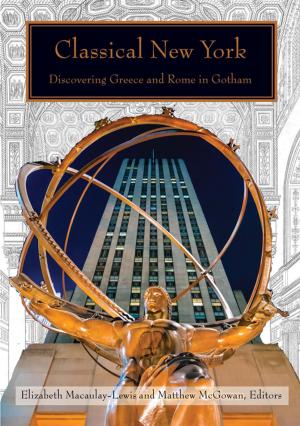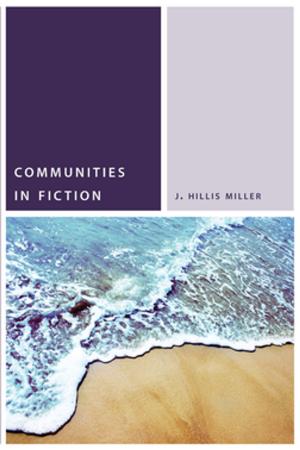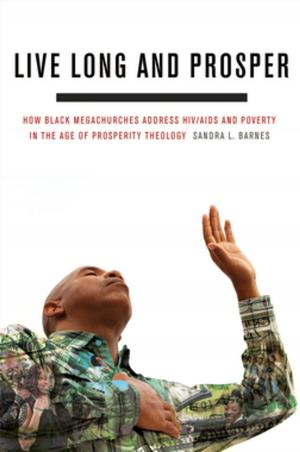Civil Rights in New York City
From World War II to the Giuliani Era
Nonfiction, Social & Cultural Studies, Social Science, Cultural Studies, African-American Studies| Author: | ISBN: | 9780823232918 | |
| Publisher: | Fordham University Press | Publication: | April 15, 2011 |
| Imprint: | Fordham University Press | Language: | English |
| Author: | |
| ISBN: | 9780823232918 |
| Publisher: | Fordham University Press |
| Publication: | April 15, 2011 |
| Imprint: | Fordham University Press |
| Language: | English |
Since the 1960s, most U.S. History has been written as if the civil rights movement were primarily or entirely a Southern history. This book joins a growing body of scholarship that demonstrates the importance of the Northern history of the movement. The contributors make clear that civil rights in New York City were contested
in many ways, beginning long before the 1960s, and across many groups with a surprisingly wide range of political perspectives. Civil Rights in New York City provides a sample of the rich historical record of the fight for racial justice in the city that was home to the nation’s largest population of African-Americans in mid-twentiethcentury America.
The ten contributions brought together here address varying aspects of New York’s civil rights struggle, including the role of labor, community organizing campaigns, the pivotal actions of prominent national leaders, the movement for integrated housing, the fight for racial equality in public higher education, and the part played by a revolutionary group that challenged structural, societal inequality. Long before the Montgomery Bus Boycott, the Reverend Adam Clayton Powell Jr. helped launch the Harlem Bus Boycott of 1941. The New York City’s Teachers’ Union had been fighting for racial equality since 1935. Ella Baker worked with the NAACP and the city’s grassroots movement to force the city to integrate its public school system. In 1962, a direct
action campaign by Brooklyn CORE, a racially integrated membership organization, forced the city to provide better sanitation services to Bedford-Stuyvesant, Brooklyn’s largest black community. Integrating Rochdale Village in South Jamaica, the largest middle-class housing cooperative in New York, brought together an unusual coalition of leftists, liberal Democrats, moderate Republicans, pragmatic government officials,
and business executives.
In reexamining these and other key events, Civil Rights in New York City reaffirms their importance to the larger national fight for equality for Americans across racial lines.
Since the 1960s, most U.S. History has been written as if the civil rights movement were primarily or entirely a Southern history. This book joins a growing body of scholarship that demonstrates the importance of the Northern history of the movement. The contributors make clear that civil rights in New York City were contested
in many ways, beginning long before the 1960s, and across many groups with a surprisingly wide range of political perspectives. Civil Rights in New York City provides a sample of the rich historical record of the fight for racial justice in the city that was home to the nation’s largest population of African-Americans in mid-twentiethcentury America.
The ten contributions brought together here address varying aspects of New York’s civil rights struggle, including the role of labor, community organizing campaigns, the pivotal actions of prominent national leaders, the movement for integrated housing, the fight for racial equality in public higher education, and the part played by a revolutionary group that challenged structural, societal inequality. Long before the Montgomery Bus Boycott, the Reverend Adam Clayton Powell Jr. helped launch the Harlem Bus Boycott of 1941. The New York City’s Teachers’ Union had been fighting for racial equality since 1935. Ella Baker worked with the NAACP and the city’s grassroots movement to force the city to integrate its public school system. In 1962, a direct
action campaign by Brooklyn CORE, a racially integrated membership organization, forced the city to provide better sanitation services to Bedford-Stuyvesant, Brooklyn’s largest black community. Integrating Rochdale Village in South Jamaica, the largest middle-class housing cooperative in New York, brought together an unusual coalition of leftists, liberal Democrats, moderate Republicans, pragmatic government officials,
and business executives.
In reexamining these and other key events, Civil Rights in New York City reaffirms their importance to the larger national fight for equality for Americans across racial lines.
